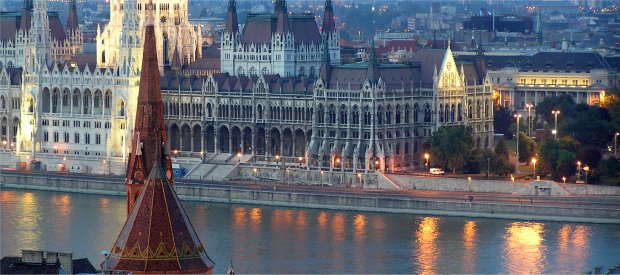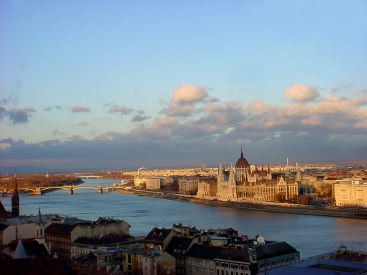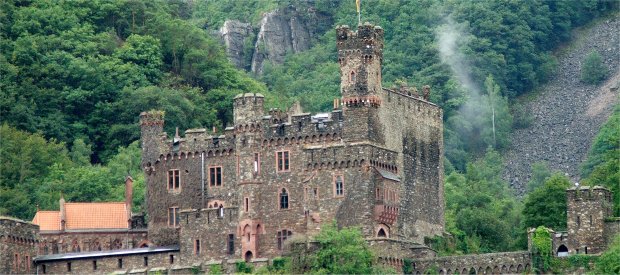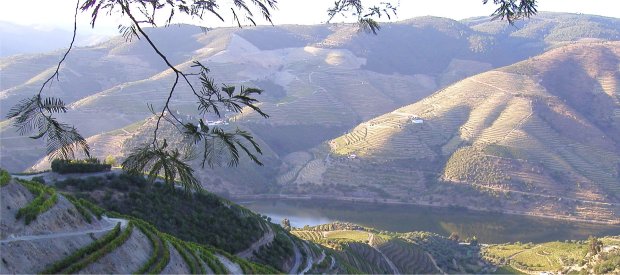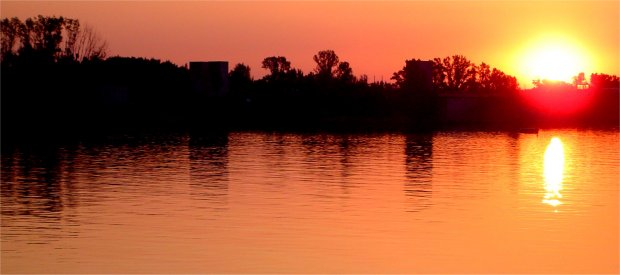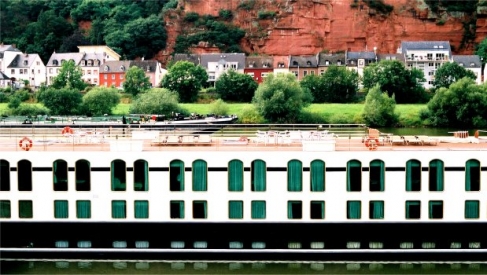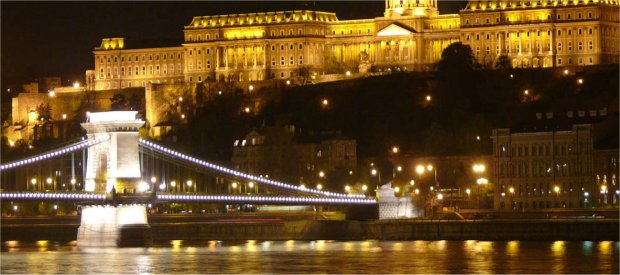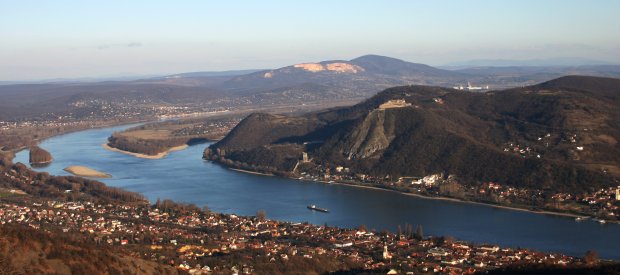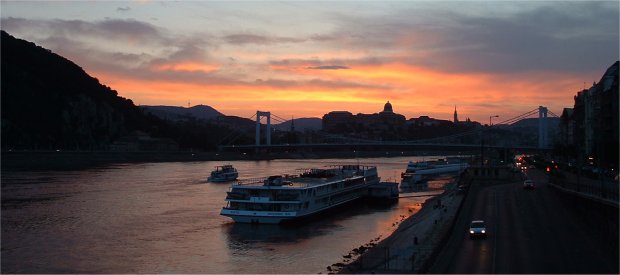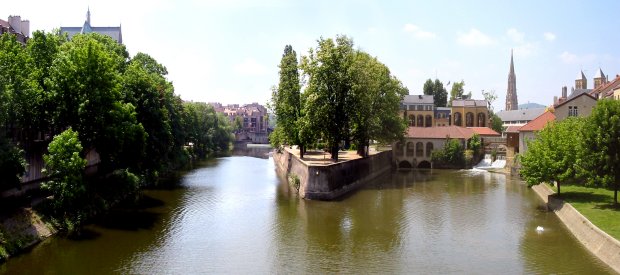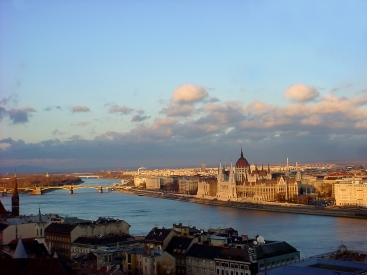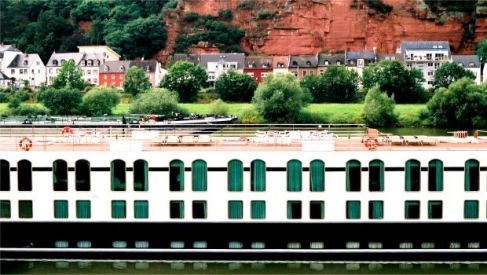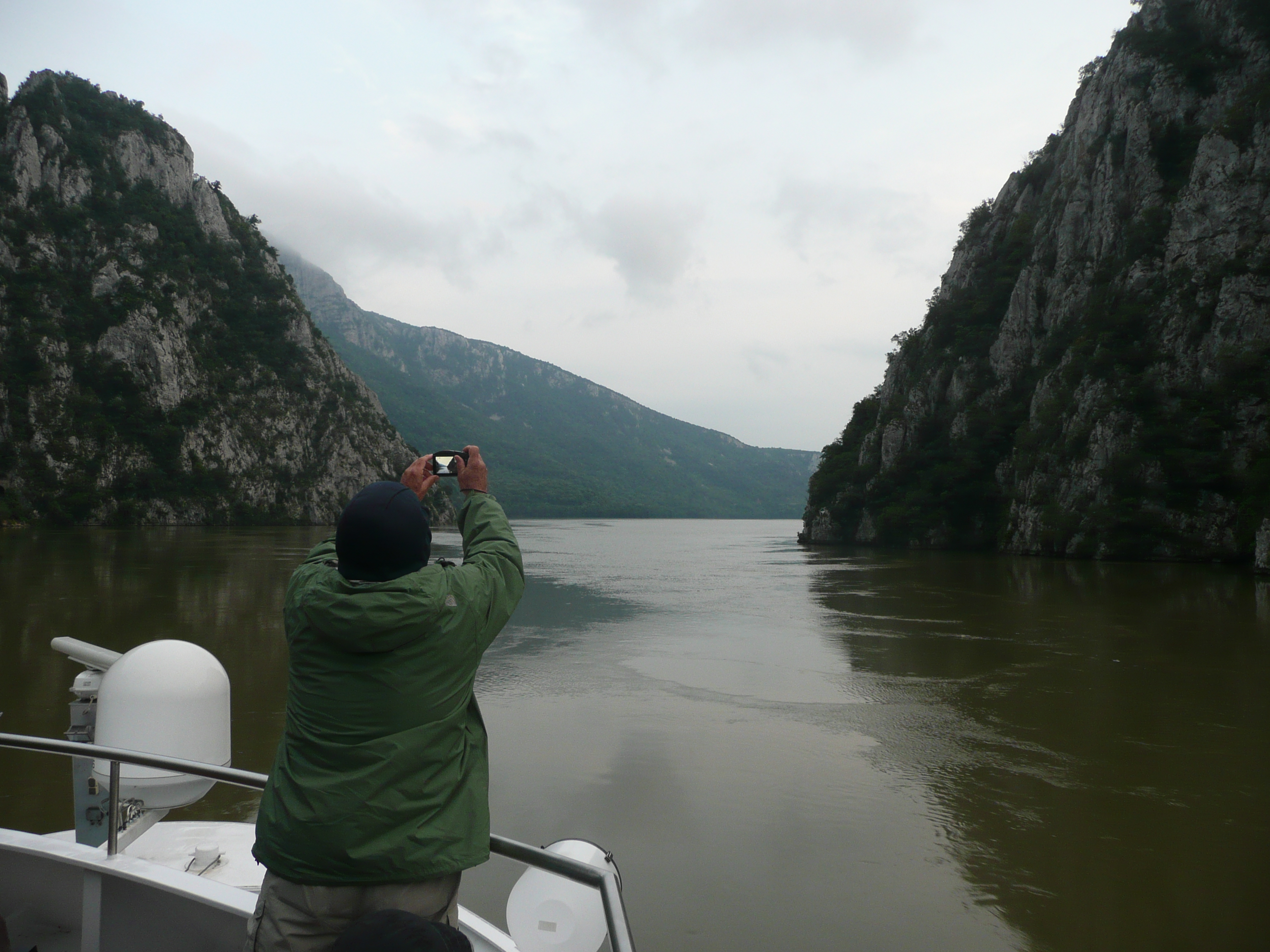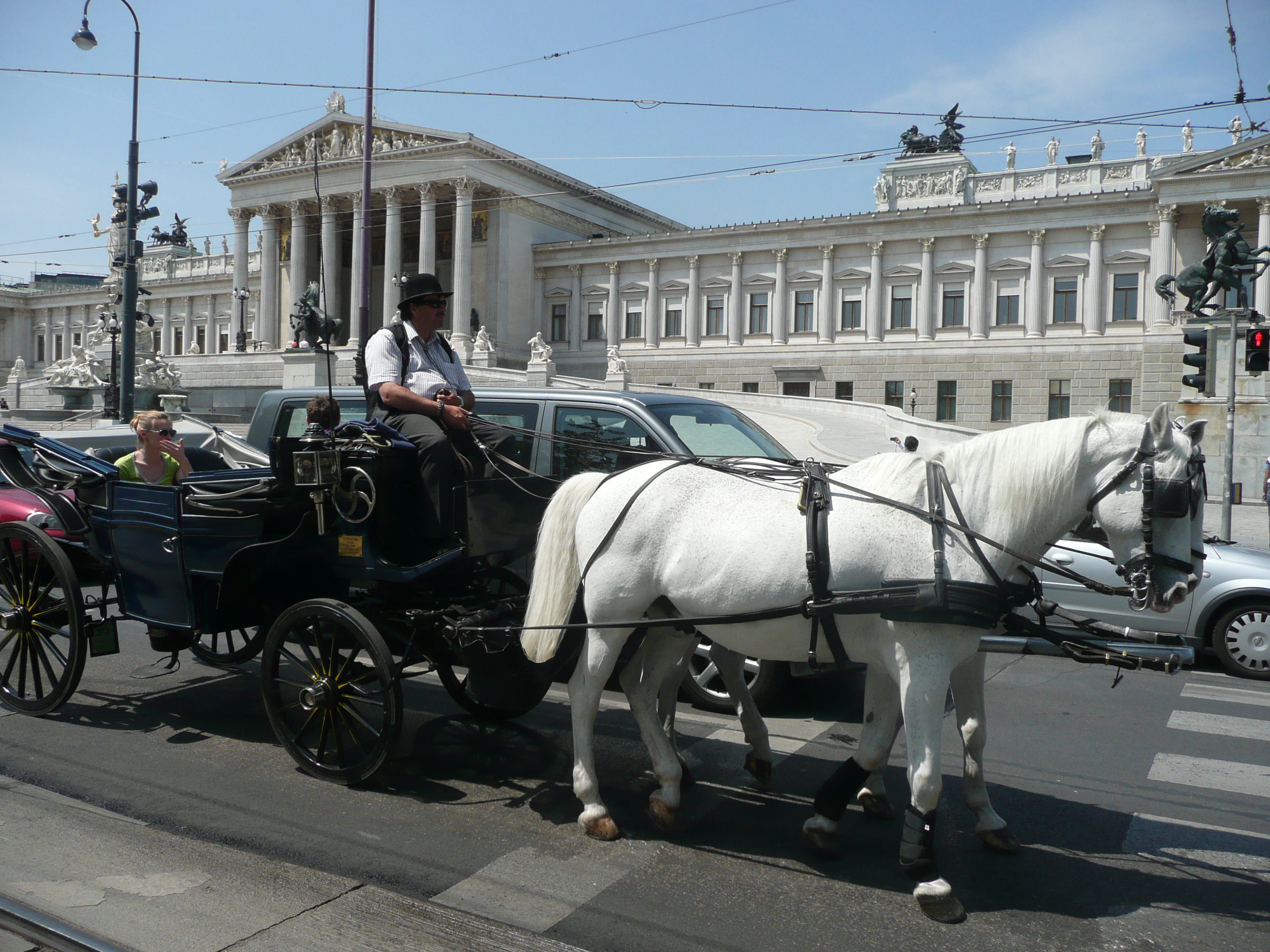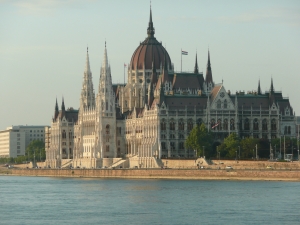
Set aside all notions of a sleek behemoth towering above the waterline, on the brink of a journey toward sunshine and beaches, steel drum rhythms, and large-scale, non-stop entertainment.
Instead, think introspective. Think cultural immersion that leaves you feeling you have truly experienced the heart of a place and its people. Uniworld’s River Duchess, sailing from Giurgiu, Romania, to Vienna, Austria, allows this satisfying experience to unfold, slowly, gently, in an atmosphere of sumptuous comfort.
But this is no timid journey intended for aging grandparents. While it was true many of our fellow travellers had 20-plus years on us, they were an active group, breakfasted and ready for the day while we were still fumbling for the toothpaste and rummaging around looking for our shoes.
There were a few novices, including ourselves, but most were experienced river cruisers, fully prepared to get up early, stay up late, and make the most of every moment.
Our excursion started with a coach tour of Bucharest, throwing wide the window on to the former Eastern Bloc countries. Our local English-speaking guide described life under Nicolae Ceaucescu as we passed the Communist Headquarters, Parliament Palace, magnificent mansions and churches, and severe housing blocks. Then we turned toward Giurgiu and the River Duchess, our luxurious home for the next 12 days.
The intimate nature of small-ship river cruising (with just 82 guests on our voyage, although the ship could accommodate 134) meant we had made new friends by the time our ship reached Russe, Bulgaria, just a short meander across the Danube, for an overnight stay.
An early start the next morning took us by motor coach to Veliko Tarnovo, one of the oldest cities in Bulgaria, dating back to the third millennia, where we enjoyed light refreshments, boutique shopping and a spectacular view of the Tsarevets, Trapezitsa, and Sveta Gora hills, with the Yantra River far below.
Next was charming Arbanassi, a pretty little town built around the 14th century Nativity Church, where a four-person choir entertained us with soul-stirring chants from mass. Beautiful voices blending with each other and the surroundings, we felt transported hundreds of years back in time.
After lunch accompanied by costumed musicians and dancers, we journeyed on to Nikopol along rough Communist-built roads, where villagers driving horse and buggy or tending their gardens turned to watch as we passed. Grandmothers in babushkas sat on sidewalk benches holding their handbags tight in their laps, their big skirts skimming the tops of their sensible shoes as they sat gossiping.
With Romania to our right and Bulgaria to our left, we sailed the next morning toward the massive gorge known as the Iron Gates, where the Carpathian and Balkan mountains would soon rise up on either side of us like great vertical castles. Small villages stretched down to the shoreline, dotted with fishermen catching their dinner.
As we entered Serbian territory, the gorge came into view and the Duchess’s top deck was the perfect vantage point when the Tabula Traiana, carved at the request of Roman Emperor Trajan 2000 years ago, appeared on the left.
Then came Europe’s largest rock carving, the face of Decebalus, the Dacian king who committed suicide when the Romans conquered his city. It wasn’t until the sun had fully set that we were able to drag ourselves away from the view for the gourmet dinner that waited.
We detoured from the Danube into the Sava River the next day with Belgrade’s Kalemegdan Fortress as our goal. We were treated to a fascinating historical perspective provided by a local guide before boarding our coach again for a tour of the city and a stop at the House of Flowers, where the nation’s hero, Tito, leader of the Socialist Federal Republic of Yugoslavia, was laid to rest.
Belgrade has its war-torn side, still in evidence as we wandered the city on foot after our tour, but there was dancing too, and deep concentration over chess games as the locals gathered in Kalemegdan’s courtyard, carrying out timeless pursuits that allowed the shadow of strife to fade into the past.
Croatia fared less well. Some 90 per cent of Vukovar was destroyed during the civil war with Serbia, and those buildings that survived still bear the scars. Rebuilding on a massive scale had brought the pretty port town back to life, though, and there was a bright optimism here, especially on the faces of the school children in Laslovo, our first destination.
We were treated to a puppet show in Croatian, songs in English – and the youthful joy that comes from having no classes for the morning. Small gifts of pencils, notebooks or reading material were acceptable as a sign of our thanks (money is not recommended) and many visitors came prepared.
In Osijek, we made a stop at the monastery in Vodena Vrata fortress for a taste of slivovitz, a powerful plum brandy common to the area, which further enhanced our joy. Lunch would delve even deeper into the community experience as the housewives of Karanak opened their dining rooms to us, setting their tables with a home-grown feast.
Jasna, our hostess, produced an exquisite meal from the bounty of her garden, beginning, as is custom, with home-made slivovitz and a chaser of Elderflower water, the berries picked from her own bushes. Jasna spoke little English, I speak no Croatian, so we conversed in the few words of German we each knew, and hugged like dear friends when it was time to leave. Such is the graciousness of Croatia’s people.
Eastern European history seems to revolve around battles and Mohacs, Hungary, the next day’s destination, was no exception. But we weren’t here for the war history; we were here to drink wine. First, a tour of the Votive Church and a visit to the Town Hall, where a tapestry of the ‘Buso’ Festival commemorates the expulsion of the Turks from Hungary.
With the thought of sweaty, smelly men dressed as Busos, wearing thick sheepskins and hideous masks while they beat their friends and family with sticks and play practical jokes on them, fresh in our minds, it was time to journey underground, into the family owned wine cellars of Villany Hills, where the end product is known as the Queen of Wines. We sampled the local libation, stuck coins to the cellar’s mouldy walls and thoroughly enjoyed this sampling of Hungarian hospitality.
Pecs was next, and while two museums were the excursion options, we choose to wander the city on our own, ruining our appetites with fresh-made ice cream in advance of Dinner Under the Stars on the Duchess that evening.
With two full days ahead of us to enjoy Budapest, our next port, a morning coach tour offered an overview of Buda on the eastern shore and Pest on the west, passing highlights such as the impressive Parliament building, Buda Castle, the heart-rending Jewish memorial (a composition of 60 metal shoes along the water-front), and ending with a walk through Matthias Church and the extensively renovated neo-Romanesque Fisherman’s Bastion, just outside the church.
Meant to memorialise the leaders of conquering Hungarian tribes, it instead gave the impression of a clean Hogwarts. You expected Harry Potter to come around the corner at any moment. After our overnight stop, we reached the Slovakian capital Bratislava, where we were offered a walking tour or tickets for the gentle ‘Prešporáčik Oldtimer,’ a small tram that winds its way through the city.
This compact city can be seen in just a few hours, so we had plenty of time to seek out the famous bronze statues scattered around Main Square and enjoy coffee and cakes at Café Mayer, where Empress Elizabeth of Austria, affectionately known as Queen Sissi, indulged in her favourite dainties – much to the peril of her waistline.
A walk back up the steep hill to Bratislava Castle would have staved off the inevitable trip to her tailor, but apparently Queen Sissi, like us, was not up to the hike. Instead, we worked off our cake with a stroll to Saint Martin’s Cathedral, Saint Michael’s Gate, and The Narrowest House in Europe, which was, unlike the Queen, unfeasibly slim.
Finally, Vienna. The City of Music made the ideal cultural finale, and we had two days to explore her wonders. A coach tour again gave us an overview, including a visit to the spectacular 18th Century baroque style State Hall in the National Library, as elaborately gilded and ornate as any European cathedral. Then we were free to explore on our own.
We dropped by the Spanish Riding School stables and St Stephen’s cathedral, then walked to the sprawling Vienna Nashmarkt, where we chose a tapas style lunch from one of the market’s 120 stands. But the day would not be complete without hearing the classics played by the Johan Strauss Salon Orchestra at the Konzerthaus, a setting as timeless and beautiful as the city itself.
It is difficult not to look like a wide-eyed tourist in Vienna; there is simply too much genteel beauty and dramatic architecture to be enjoyed. Imperial, Baroque, Gothic, neo-Renaissance, Art Nuevo; it’s all there.
We soaked up the visual delights of the City Hall, the Parliament building, Vienna State Opera House and Museum of Arts, stopping for a local brew in the courtyard of the Hofburg Imperial Palace, punctuated by the ringing clatter of horseshoes against pavement as carriage after carriage passed by. The level of artistry in our surroundings and in the ambiance of the place was immense.
Capping off our visit, we stopped for a coffee and a Sacher Torte at the outdoor café at the Italian renaissance-style Kursalon Wein, where, starting in 1868, the compositions of Johann Strauss were played.
Our east to west journey had unfolded in a fascinating progression: subsistence farming and rural communities giving way to some of the grandest cities in the world; an evolution of survival and regeneration; a history lesson building upon itself, sharply reminding us of the importance of peaceful co-existence and the resilience of compassion and forgiveness.
Today, the curtain is wide open, and the view through the window is fantastic!
DANUBE TIPS
The Imperial Capitals of Europe itinerary requires several different currencies, though Euro are accepted in many, but not all, countries.
Be prepared to change money in Romania, Bulgaria, Serbia, Croatia (some locations will accept Euro) and Hungary. Exchange bureaus are generally easy to find in the cities, less so in rural areas.
The itinerary crosses one time zone. Romania and Bulgaria are one hour ahead of Serbia and the remaining countries.
What To Buy
Romania: Haggle at markets for handcrafted Easter eggs, wood carvings and embroidery.
Bulgaria: Buy embroidery, Rose Oil or lavender products and Chubritsa (spice).
Serbia: Look for čokanjčić (small glasses for rakia).
Croatia: Look for Peg lace, Licitarsko Srce (red heart ornaments) and Maraschino Liqueur.
Hungary: Buy a variety of dried Hungarian paprika and hand-embroidered linens.
Slovakia: Watch for Poprad's Coffee (Popradska Kava) and Tatransky tea.
Austria: Try Styrian pumpkin oil, Swarovski crystal and Christmas ornaments.
